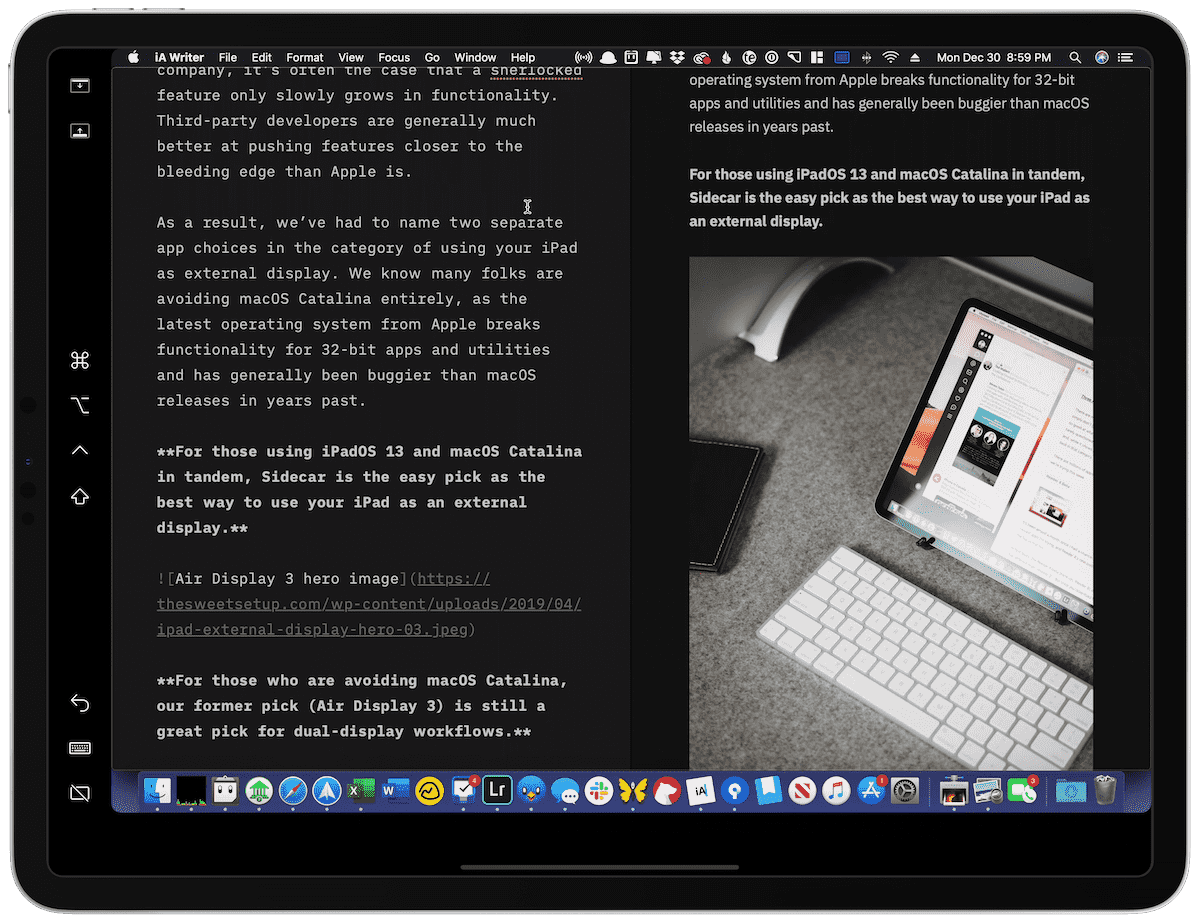
Select Configure DNS and tap Automatic.Īndroid: Open Settings, tap Advanced, then tap Private DNS. IOS: Open Settings, tap Wi-Fi, and tap the i button beside your network name. There select Option an IP address automatically to use the default DNS servers.

Click your connection name (typically Wi-Fi), select Properties, then click Internet Protocol Version 4 and select Properties again. Windows: Right-click your network icon in the system tray and select Open Internet and Network Settings, then click Network and Sharing Center. Select any DNS servers listed, and then tap the - button to remove them and apply your changes. Mac: Open System Preferences, select Network, Advanced, and then click the DNS tab. To fix that, just open your DNS settings and remove any alternate DNS servers. Many public Wi-Fi networks use their DNS server to tell your computer which login page to open-which doesn't work when you're using an alternative DNS server. If you've ever added Google DNS, OpenDNS, or any other alternative DNS to your network settings, though, that may be your problem. And that's good, at least with public Wi-Fi: your login page is more likely to load, and you won't need these tips. If you don't know where to change your DNS settings, you're likely fine your computer by default automatically picks up a DNS server from the Wi-Fi router, which is what the public Wi-Fi expects you to use automatically. If there's one other tip to remember, it's this-the trick that usually gets login pages to load: turn off your alternate DNS server.ĭNS servers, or domain name servers, match domain names such as to its server's IP address-which makes it much easier to visit websites than typing in 52.0.36.104. You might speed up your internet with a different DNS server-but not when connecting to public Wi-Fi. Turn off alternative 3rd party DNS servers No encrypted network available? These tips should help you get that pesky open network login screen to load. Some networks offer both an encrypted and public network option, and you could log in to either one. Encrypted networks with WPA2 passwords are far harder to attack and thus your data is likely safer. On a public Wi-Fi network, by default, anything you enter on an unsecured, non-HTTPS site could be viewed by anyone else on the network. Secure Wi-Fi connections are always easier to log in to, but they also add a security benefit. Once you've entered the password, you'll typically never need to do it again on that device as your computer will remember it.

DOES KINDLE FOR MAC WORK WITHOUT WIFI PASSWORD
Typically shown with a padlock beside their name in your Wi-Fi menu, encrypted networks ask for a password in a standard dialog like the one above. The best solution is also the most secure one: opt for only encrypted Wi-Fi connections. You have to do that on a custom login screen, and that's what often just won't load.
DOES KINDLE FOR MAC WORK WITHOUT WIFI FULL
With a coffee shop or airport Wi-Fi, though, often you need to create an account or enter a code from a receipt before browsing the full internet. If you connect to an open network at your friend's house, say, typically you won't need a password and can just start browsing the internet directly. That's only a problem only with open, public, unsecured Wi-Fi networks. The typical problem with public Wi-Fi is the login screen not showing up.

When possible, always opt for a secure network, often shown with a padlock


 0 kommentar(er)
0 kommentar(er)
